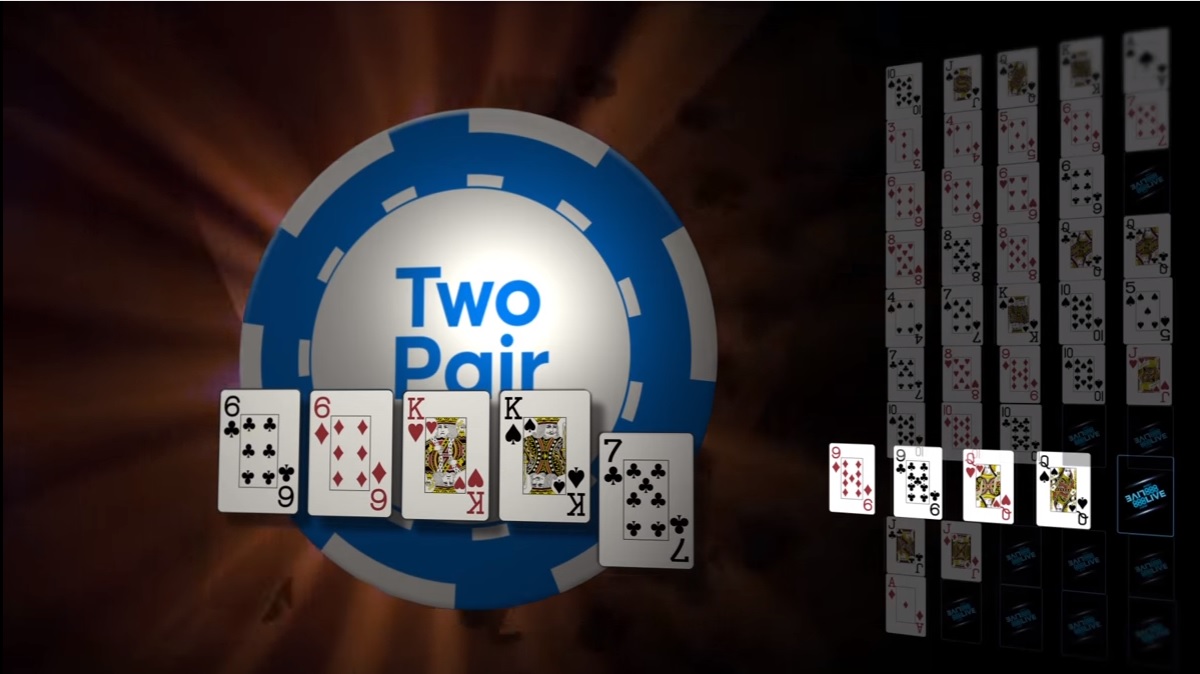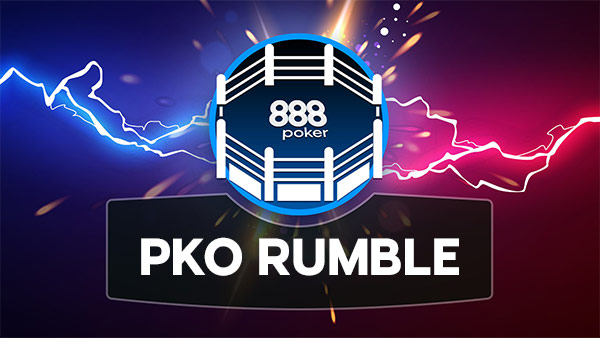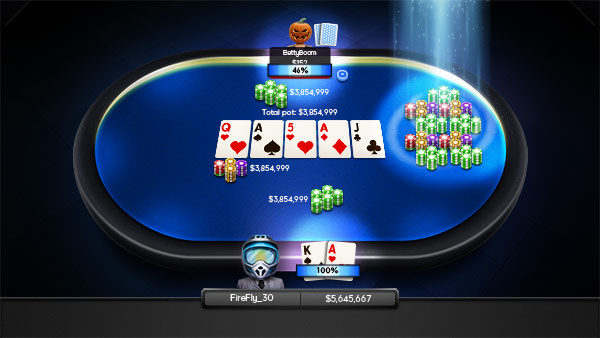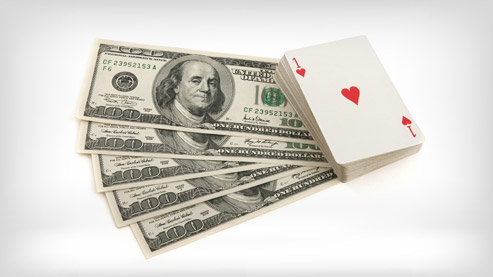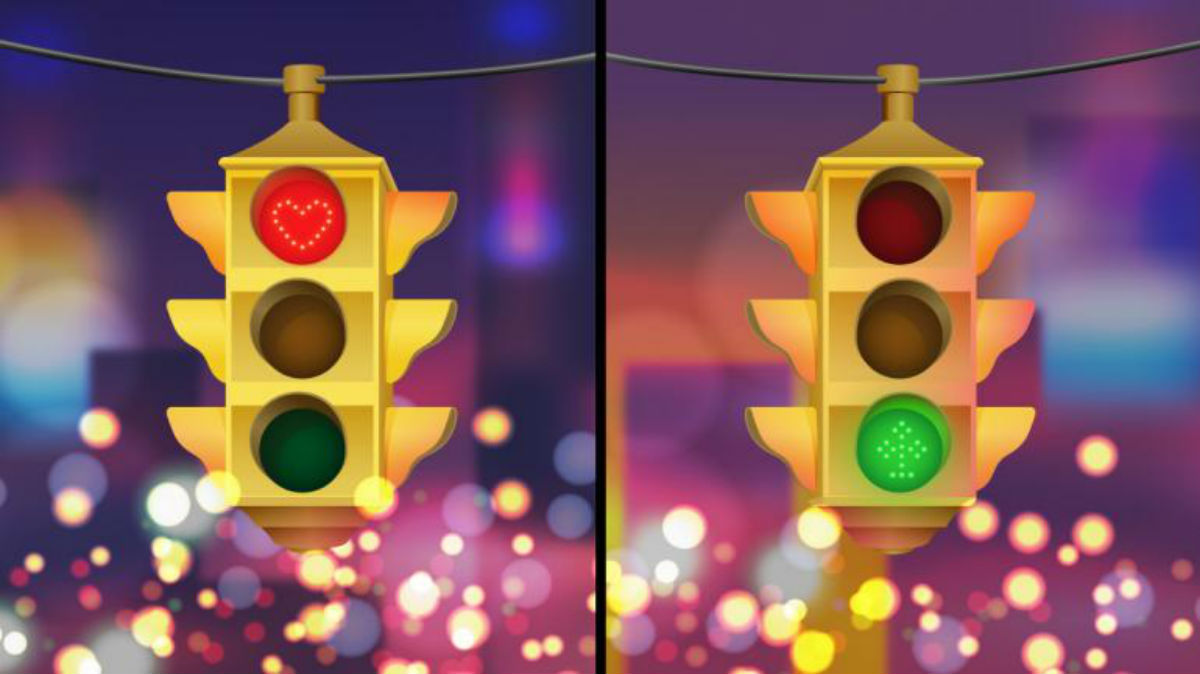Perhaps you’ve been in an argument in your home game about whether a straight should beat a flush. You may have disputed who has the better two pair.
This quarrelling is perhaps all part of the fun in a friendly home game. But when cash start getting involved, it’s better to know exactly what beats what.
- It Depends on the Poker Variant
- Making Hands
- Poker Hand Rankings for Texas Hold'em
- Poker Hand Rankings for Other Variants
- Getting Started
It Depends on the Poker Variant
Different variants of poker use different hand rankings systems. For example, the game known as Deuce to Seven Triple Draw is a lowball variant. The lower ranked holdings are stronger than higher ranked hands. More on this later, though.
Let’s start out with the standard high hand ranking system. This format is common to most poker variants (including the most popular poker game, No Limit Hold’em).
Making Hands
Although there are some exceptions, poker hands consist of 5 cards. This might be confusing at first. We might think of a pair (two cards of equal rank) as a two-card hand. There is no such thing as a two-card hand in poker.
We must always use 5 cards to create a hand .
Cards which don’t directly contribute to the strength of our holding are referred to as kickers. When two players make the same hand (the same pair for example), the kickers will determine who wins the pot.
In Hold’em, players use a combination of their hole cards along with cards from the board to make a hand. Whether they use, both, one or none, it will still be a 5-card hand.
The Hand Rankings
These examples are in order of strength meaning hands further down the list beat hands higher up the list.
